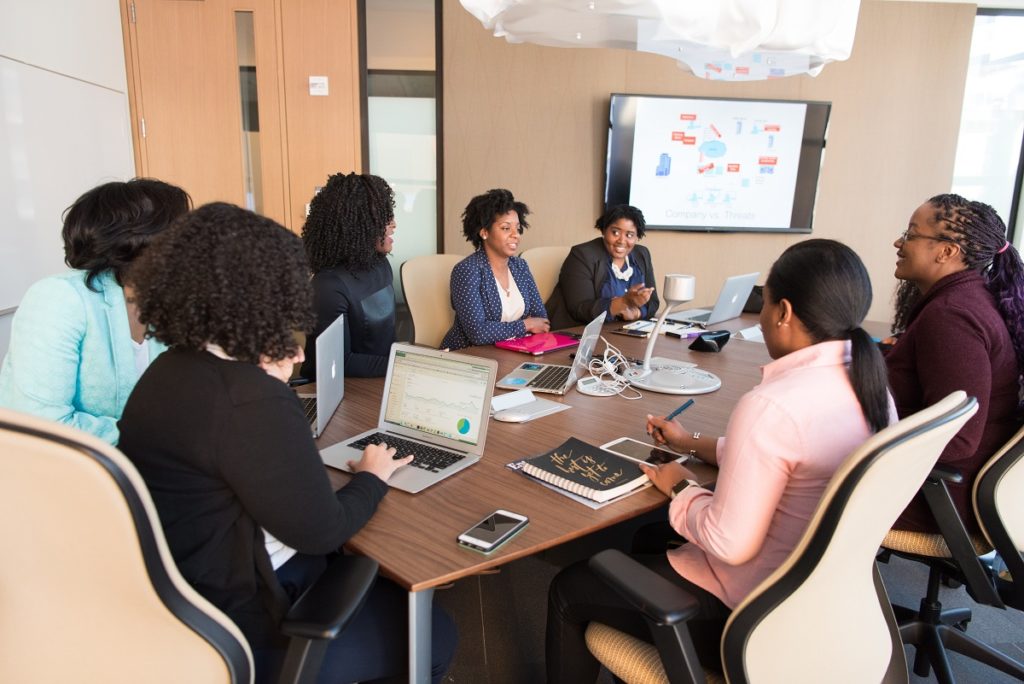Corporate events can be a lot of fun. Having the chance to mingle with your colleagues in an office-hosted social gathering can be the highlight of your organization’s employee engagement year. Planning for these events can be exciting, too, because it can involve delicious food and awesome rewards such as trophies and commemorative coins.
But just because they’re fun, doesn’t mean they’re not hard to work on. It’s probably safe to say that the harder you work on organizing the event, the more excited and engaged the participants will be.
So if you’re tasked with putting together the next office shindig, this article is for you.
Plan It
Two essential details can affect every other in planning a corporate event – these are the budget and the headcount. By ironing out these two details, you’ll end up with a cost per head number. That will guide most of your future decisions like food, drinks, and even the venue. Make sure you add up to 5% to the headcount as a buffer. Business News Daily also advises adding at least a 10% buffer to your budget.
Speaking of the venue, it would be nice if you could hold the event somewhere outside the office, but if the budget doesn’t permit it, the office is a cost-effective alternative. Just remember that the higher up the headcount goes, the more difficult it is to book a venue. Make sure you finalize these kinds of details with enough time. Some sites, especially large ones, are booked months ahead.
You can also determine which tasks can be done by you and your team and which ones need to be outsourced. Third-party supplies are usually hired for food, drinks, and sound system.
Sell It
Although the theme of the event is something that should be established in the early days of the preparations, it can also be a great way to hook people in. By releasing a survey that lets employees pick their preferred theme, they’ve invested something in the project, and it raises the likelihood of their participation. According to Survey Monkey, you can use online surveys for planning, RSVPs, and even satisfaction rating after the event.
Once you’ve come up with a theme, you can create marketing materials like teasers and posters. You can release these via email or post them in high-traffic areas in the office. Make sure to include the date and venue so that they have time to adjust their schedules.
You can even mount “activation mini-events” that further hype up the party. Some organizations hire models to hand out event invitations days before the actual event to get people excited.
Hold It
Finalize all the details ahead of the date. But also remember that there are things that will go wrong. Make sure you prepare contingencies as well.
Call all your suppliers regularly during the planning stage leading up to the event. Doing so adds another layer of insurance and keeps you updated on the progress.
While the event is ongoing, make sure you stay on top of everything. Anticipate problems like technical issues with performances, missing speakers, and changes in the script, among a few.
Award It

It’s not a celebration until there’s something or someone to celebrate. If it’s your year-end party, for example, you can give awards to the company’s excellent performers for the year. Doing this adds value to the event and makes it even more unforgettable. Don’t forget to prepare items like plaques, trophies, or medals to add prestige to the awards.
With these pointers in mind, you can plan an event that everyone in the company will surely enjoy. You can provide some good time and relaxation for employees who have been working hard.
